
Waterfall project management is regarded as one of the O.G.s of software development methodologies. It’s commonly known as a strict process that doesn’t allow for any changes to occur, which kind of gives it a reputation for not being the most ideal approach. But without it, we wouldn’t have other methods such as Agile and Scrum.
In this article, we’ll provide an overview of Waterfall project management, its pros and cons, and discuss when it’s best to use it.
In this article, we’ll provide an overview of Waterfall project management and discuss when it’s best to use it.
Here are some of the things you’ll learn:
- The 6 key phases of Waterfall project management
- The pros and cons of using the Waterfall method
- How Waterfall project management differs from its Agile methodology counterpart
What Is Waterfall Project Management?
Waterfall project management is one of the more traditional software development methodologies. It follows a linear, sequential design approach where progress flows downwards in one direction, like a waterfall (hence the name!).
A project is delivered through a set of ordered stages and until all activity within the current stage has been completed and approved, advancing to the next stage or any later stages is not possible.
Known for their emphasis on documentation, Gantt charts and resource scheduling and allocation are popular Waterfall project management tools.
The History of Waterfall Project Management
The Waterfall methodology has its origins within the manufacturing and construction industries, to which you could ascribe its stringent process. Due to the structured physical environments, the process leaves little room for changes as any changes made would result in high costs. (Think about it, once you construct a building, it would be pretty difficult to go back and make changes.)
It was first formally introduced as a method for software development in an article written by Winston W. Royce in 1970, however, the term “Waterfall” wasn’t used. It wouldn’t be until 1976 when a paper was written by T.E. Bell and T.A. Thayer that the term may have been first used.

The Phases of Waterfall Project Management
There are six phases within the Waterfall methodology. You can only move on to the next phase once the current one is completed, reviewed, and approved.
In Royce’s original model, the phases are:
- Systems and software requirements
- Analysis
- Design
- Coding
- Testing
- Operations
Since then, there have been variations in the model depending on project context and requirements. The most common model used is the following:
-
Requirement Analysis
The first phase is about collecting information that pertains to the project’s requirements. The purpose of the product and its function is defined. Conducting brainstorming sessions are a common way to ensure the scope and requirements are understood by everyone on the team.
-
System Design
This next phase involves creating the design according to the requirements of the first phase. The purpose of this phase is to select hardware and system requirements and to also make clear the overall system architecture. This is also when the software code that is written in the next stage is created.
-
Implementation
This phase is where the programs, which are known as units, are first developed. They are individually developed and tested for their functionality, a process that is known as Unit Testing. They are then integrated into the following phase.
-
System Testing
By this phase, the software has been designed and needs to go through testing to determine any errors or issues. The testing phase of Waterfall project management is imperative as it can ensure the customer is not confronted by any difficulties during the installation of the software.
-
System Deployment
Once the product has been tested, it is then distributed into the customer environment.
-
Maintenance
The final phase happens after installation. The maintenance phase involves making adjustments to the system to improve performance. The modifications are per the requests from the customer or any faults detected during the live use of the product. The customer is also provided with consistent support and maintenance for the developed software.

The Pros and Cons of Waterfall Project Management
Knowing the benefits and drawbacks of the Waterfall method can help you to recognize its value and when it’s best to use it.
Pros:
Progress Measuring
With clearly defined start and end points, measuring progress can be rather straightforward in Waterfall project management. The full scope of work is known in advance which also helps.
Simple Structure
When compared with other project management methodologies, Waterfall is rather intuitive. There are six phases to follow which are set in sequential order. There are specific deliverables and a review process. This methodological approach offers a simple structure for any newcomers to follow.
Clear Information Transfer
The emphasis on documentation makes it easier for project team members to ease into the process. The idea is to have information accessible so that if a team member was to leave during the development process, their replacement can pick up where they left off.
Cons:
High Risks Involved
Because testing the product design or architecture happens at the end of the development process, there’s a greater chance of technical risks happening. There can also be product risks as changes are made during the very late stages.
No Room for Innovation
One of the biggest downfalls of Waterfall project management is its inflexibility for changes happening within the development process. This makes it difficult for new ideas to be welcomed and included.
Lack of Customer Involvement
Following the Waterfall method means there will be little room for customer feedback and involvement. While this may not be a hindrance to every project, there are certain industries where customer feedback plays a vital role in the end result.
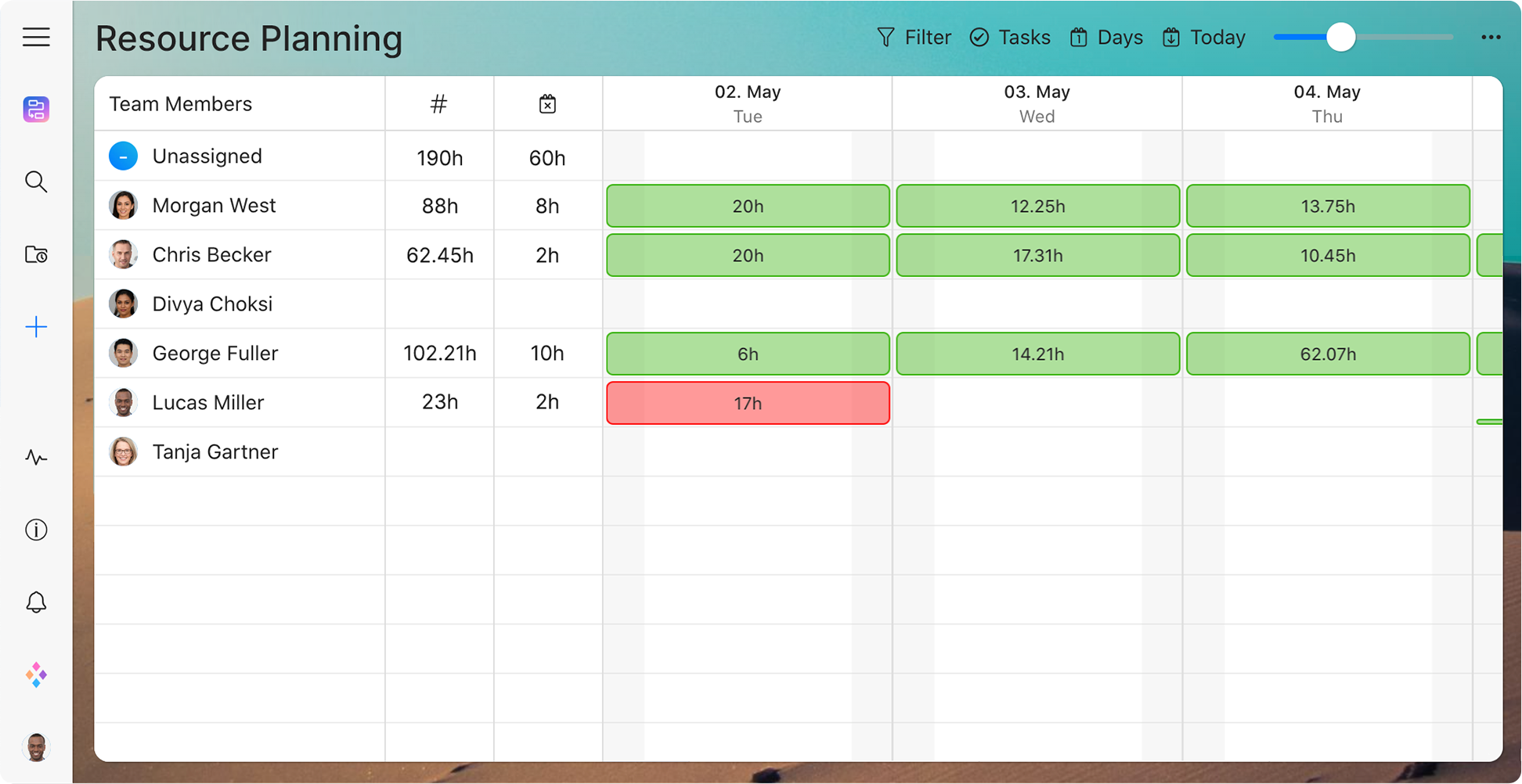
Do go chasing waterfalls with Zenkit Projects
Agile vs Waterfall Project Management
Agile project management offers an alternative process for software development. Where Waterfall project management adheres to strict guidelines and processes, Agile is more flexible.
Pre-Agile saw mainly the Waterfall method used for software development. Many teams, however, saw that there were issues with the method due to its constraints in design, lack of customer feedback during the development process, and a delayed testing period.
Deriving from the values and principles of the Agile Manifesto, Agile project management is a process where demands and solutions evolve through the collaborative effort of self-organizing and cross-functional teams and their stakeholders and customers.
It was created as a response to the inadequacies of the Waterfall project management. Because the software industry was becoming a highly competitive market, developers were required to constantly innovate to stay on top of the game, and the strict, sequential approach of Waterfall just wasn’t enough.
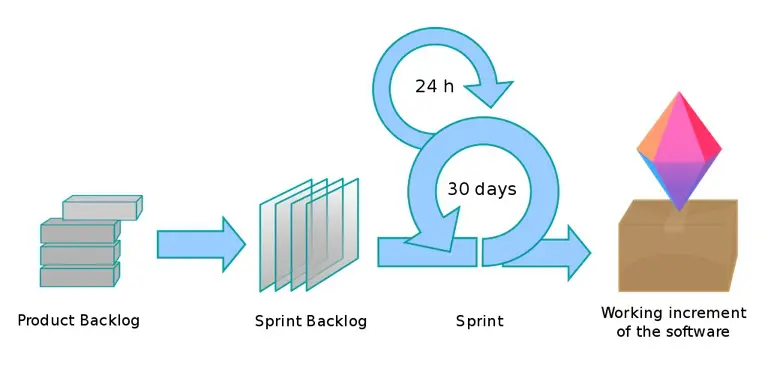
The Agile process includes six main deliverables to create the product and track progress. They are:
- The product vision statement
- The product roadmap
- The product backlog
- The release plan
- The Sprint backlog
- Increment
A highly visual method, it uses tools such as a Kanban board and a burndown chart to assist with progress tracking and to meet deadlines.
Agile and Waterfall project management are two different methodologies that can be beneficial to software development depending on the scope and requirements of the project. Of course, it is beneficial to know when to use each accordingly.
When to Use Waterfall Project Management
Waterfall project management often gets a bad rap. It’s notable for being stringent and inflexible which is not ideal for software development that requires a lot of frequent changes. That’s why you often see it being compared—and contrasted—to Agile project management.
The Waterfall methodology is best suited for projects that are clearly defined and require structure and strict deadlines. The project scope and requirements should be set, the product is solid, and the technology used is well understood by the project team members. As it leaves little room for changes, it makes it unsuitable for projects that involve unexplored territory and uncertainty.
In other words, it’s great for projects that have been done many times over where the prospect of surprises during development is slim.
Documenting Your Project in Zenkit
As a methodology that places emphasis on the importance of documentation, what better way to record information for your Waterfall project than in Zenkit?
Zenkit is a collaborative project management tool that allows you to create an online database without writing a single line of code. As a SaaS tool, it means you can store information on a cloud that can be accessible to users from a local network or the internet.
The software also comes with several views which allow you to store and view your data in various ways. It includes a to-do list, mind map, Kanban board, calendar, and spreadsheet-like table (and there’s a Gantt view coming soon!). The best thing about it is that there is an option that allows you to switch between views. For instance, if you feel your data doesn’t fit the current table view it’s on, in one click, you can switch it to a to-do list or mind map!
There are free Zenkit templates that can be used to structure your project’s information and processes. You can even create your own template by duplicating the collection you’ve just created by selecting the “Clone Collection” feature.
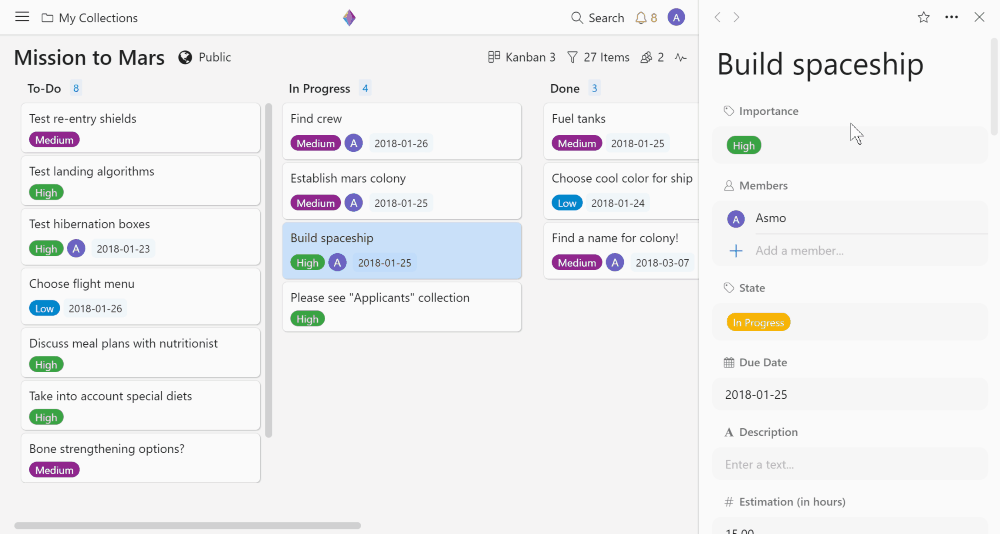
Final Thoughts
Just like any other project management methodology, Waterfall project management has its own set of principles, practices, and processes. Depending on the kind of project you are undertaking, it may or may not be the best fit.
So, if you’re after something that demands strong documentation, a straightforward structure, and a solid product, then perhaps it may be the project management methodology for you.
Have you implemented Waterfall project management lately? If so, do share your experience in the comment section below.
Image Credits: Jeremy Bishop via Unsplash
FREE 20 MIN. CONSULTATION WITH A PROJECT MANAGEMENT EXPERT
Wanna see how to simplify your workflow with Zenkit in less than a day?
Book a Live Demo

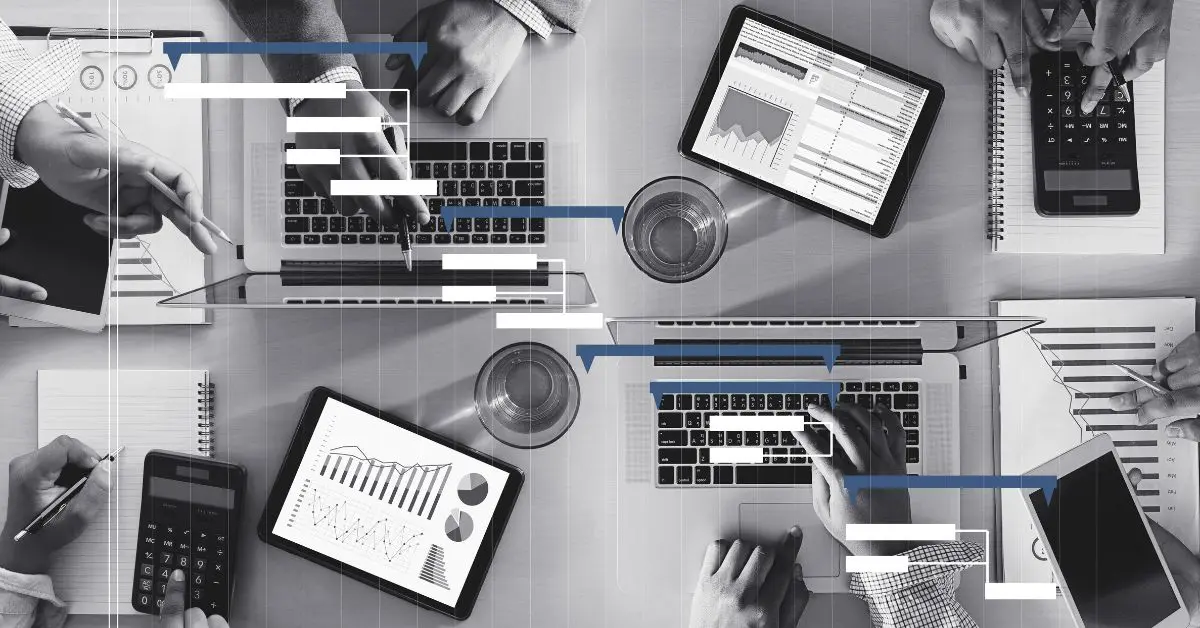
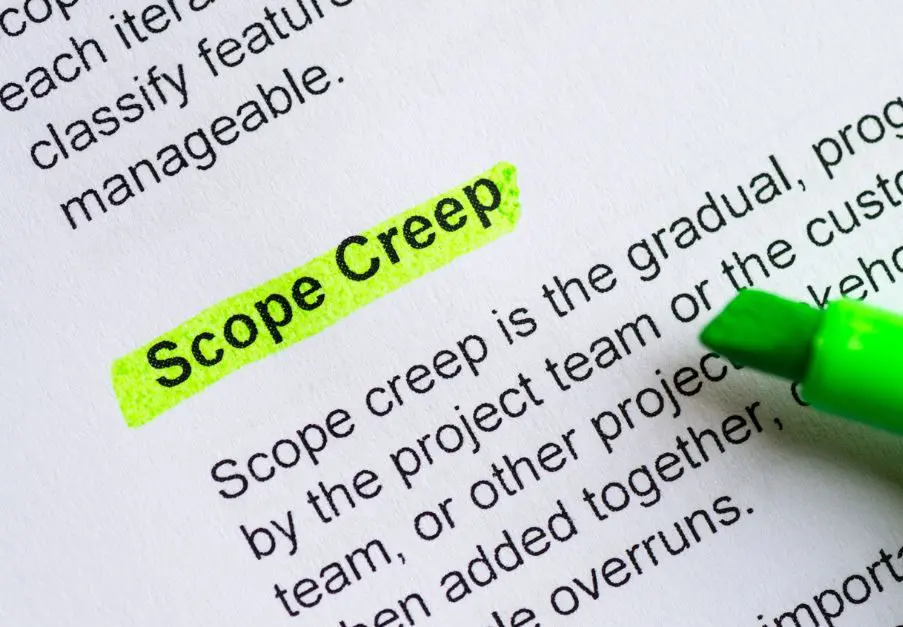

Leave a Reply